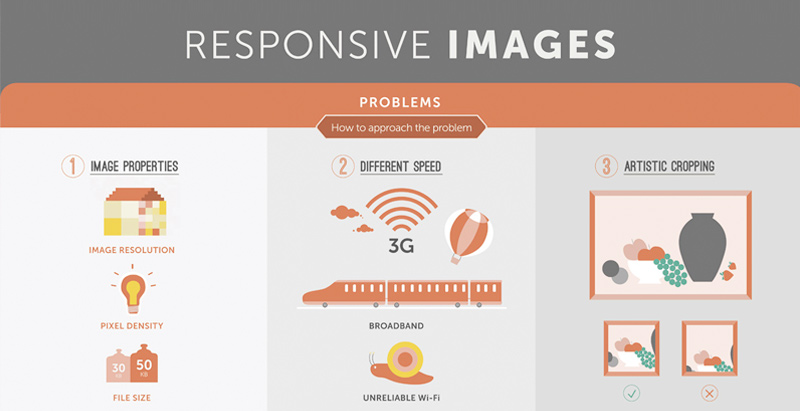Join Us As We Embark On A Journey Through Time, Exploring The Development Of Site Style And How It Has Influenced The Digital Landscape
Join Us As We Embark On A Journey Through Time, Exploring The Development Of Site Style And How It Has Influenced The Digital Landscape
Blog Article
Write-Up Writer-Lamb Wong
In the past, sites were basic and concentrated on details. Navigating was straight, and design was for desktop computers. Now, customer experience is key. Data overviews layouts for simple navigation. Receptive formats fit various gadgets. Today, dark setting minimizes pressure, and minimalist food selections boost navigation. Interactive features involve individuals, and strong visuals attract attention. https://techdayhq.com/community/articles/how-to-effectively-use-tech-innovations-to-upgrade-your-marketing-strategy improves interaction. See exactly how style has evolved to boost your online trip.
Early Days of Website Design
In the very early days of web design, simplicity reigned supreme. Web sites were fundamental, with limited shades, font styles, and formats. The emphasis got on giving details as opposed to showy visuals. Users accessed the web through slow dial-up links, so rate and capability were crucial.
Navigation menus were straightforward, commonly located at the top or side of the page. Internet sites were designed for desktop computers, as mobile surfing wasn't yet common. Web content was king, and developers focused on simple readability over complicated style elements.
HTML was the primary coding language made use of, and designers needed to function within its restraints. american disabilities act website compliance and interactive features were marginal contrasted to today's criteria. Web sites were static, with little vibrant material or customized customer experiences.
Increase of User-Focused Style
With the development of web site design, a shift in the direction of user-focused layout concepts has become progressively popular. organic seo optimization , developing internet sites that focus on customer experience is vital for involving visitors and attaining organization goals. User-focused style includes understanding the needs, preferences, and actions of your target market to tailor the site's format, web content, and includes as necessary.
Designers currently perform comprehensive research study, such as user studies and use screening, to collect understandings and feedback straight from users. This data-driven method aids in producing instinctive navigating, clear calls-to-action, and visually attractive user interfaces that resonate with visitors. By putting the individual at the facility of the layout process, websites can supply a much more personalized and delightful experience.
Responsive design has also emerged as a key facet of user-focused design, making sure that internet sites are optimized for various gadgets and screen dimensions. This versatility enhances access and functionality, accommodating the diverse means individuals interact with web sites today. In essence, the surge of user-focused layout indicates a shift in the direction of creating electronic experiences that prioritize the requirements and expectations of the end user.
Modern Trends in Website Design
Check out the current trends shaping web design today. One popular pattern is dark mode design, offering a smooth and contemporary look while decreasing eye strain in low-light settings. One more key trend is minimalist navigating, simplifying food selections and improving user experience by focusing on essential elements. Integrating micro-interactions, such as computer animated buttons or scrolling impacts, can create a more interesting and interactive site. Responsive layout continues to be important, guaranteeing seamless individual experiences throughout various gadgets. Additionally, making use of bold typography and unbalanced formats can include aesthetic passion and accentuate particular web content.
Integrating AI modern technology, like chatbots for consumer support or tailored referrals, boosts customer engagement and improves procedures. Availability has likewise become a considerable trend, with designers focusing on inclusive style techniques to cater to diverse individual requirements. Embracing sustainability by enhancing website efficiency for rate and efficiency is another emerging trend in website design. Working together with individual responses and information analytics to iterate and boost style continually is vital for remaining appropriate in the ever-evolving digital landscape. By accepting these modern fads, you can develop an aesthetically appealing, straightforward website that reverberates with your audience.
Final thought
As you reflect on the advancement of internet site layout from the early days to currently, you can see how user-focused style has come to be the driving pressure behind modern-day fads.
Welcome the trip of modification and adaptation in web design, always keeping the individual experience at the leading edge.
Stay current with the current patterns and innovations, and never ever stop developing your strategy to develop aesthetically spectacular and user-friendly websites.
Advance, adapt, and create - the future of web design is in your hands.
